Report this entry
More from the same community-collection
Paso del Norte Health Foundation - Video
Celebrating 20 years of improving the health of the people ...
Dr. Verghese headlines PdNHF 20th Anniversary celebration
Dr. Abraham Verghese comes back to El Paso to celebrate the Paso ...
Paso del Norte Health Foundation celebrating 20 years
Paso del Norte Health Foundation was established on September ...
Paso del Norte Health Foundation Banners
Paso del Norte Health Foundation’s Proud Partner - Sierra ...
Paso del Norte Health Foundation Banners
Celebrating 20 years of health leadership on the border. ...
Muñoz Family Outside Virginia St. Home - El Paso, Texas
Grandparents, great-grandparents, and aunts hanging outside ...
San Francisco Bar & Grill - El Paso, Texas
My friends and I were part of the 1996-1997 W.H. Burges High ...
Joshua Hunt and Alejandra De La Vega Foster
Even when construction on El Paso's first Triple-A stadium ...
New Era Wrestling- Only in El Paso - Video
Seen any wrestling matches in the back alleys of El Paso lately? ...
The Wienerschnitzel Wiener National
The Wienerschnitzel Wiener Nationals started at Los Alamitos ...
The Wienerschnitzel Wiener National
The Wienerschnitzel Wiener Nationals started at Los Alamitos ...
The Wienerschnitzel Wiener National
The Wienerschnitzel Wiener Nationals started at Los Alamitos ...





















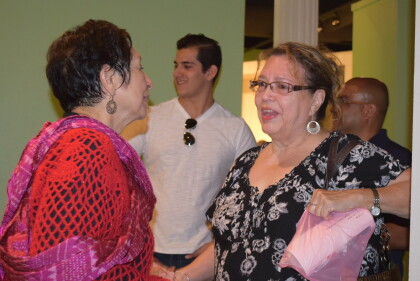
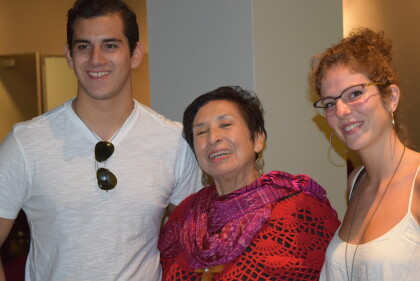
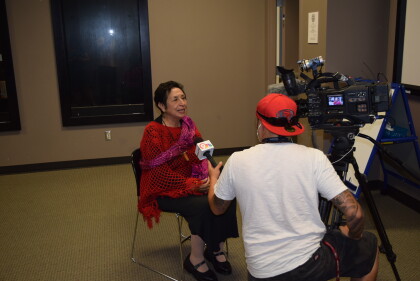
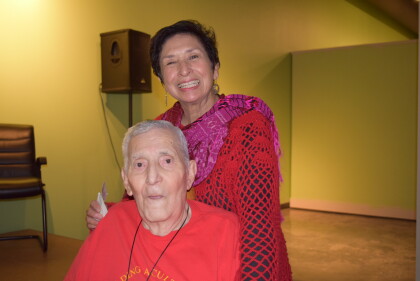

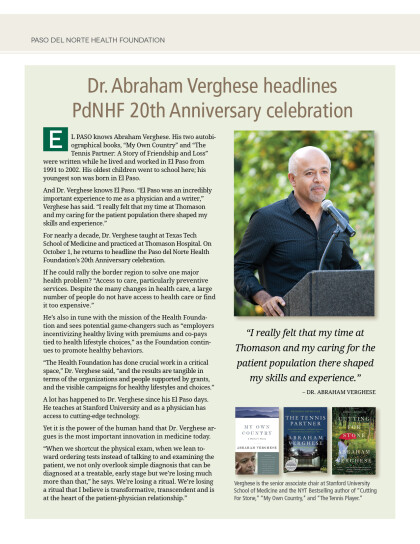
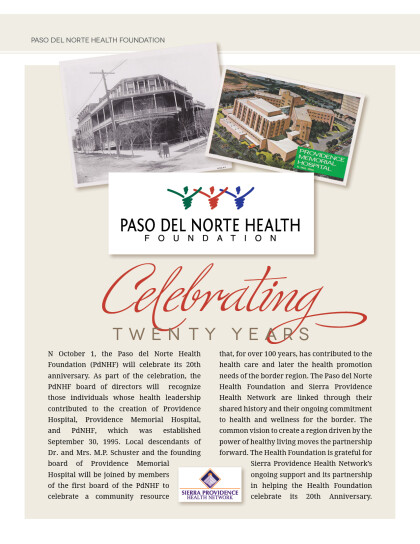

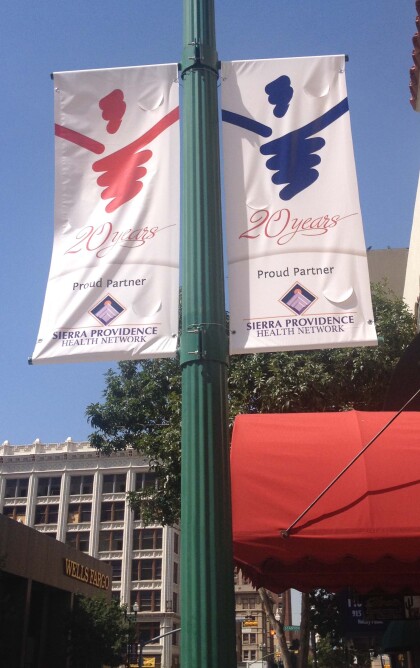
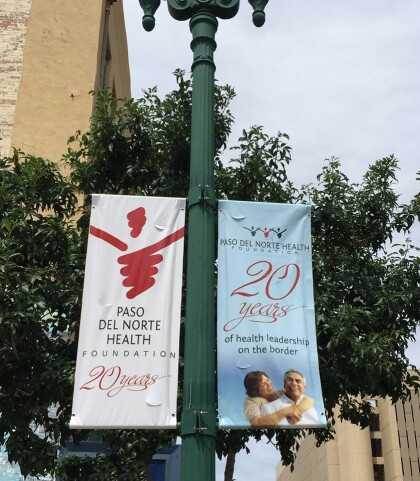
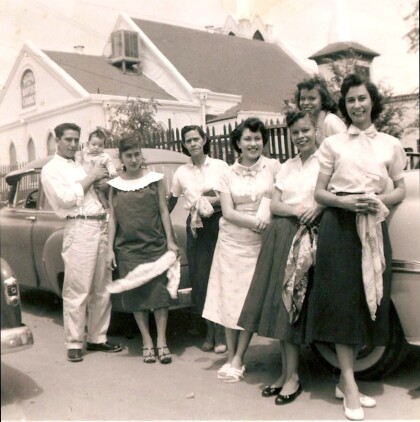
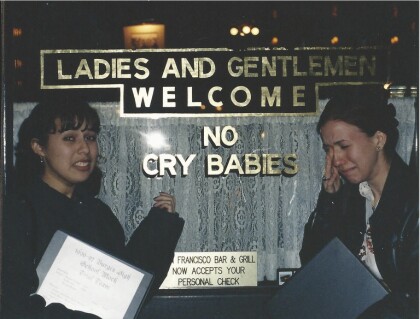
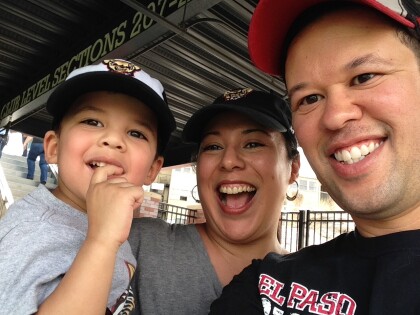

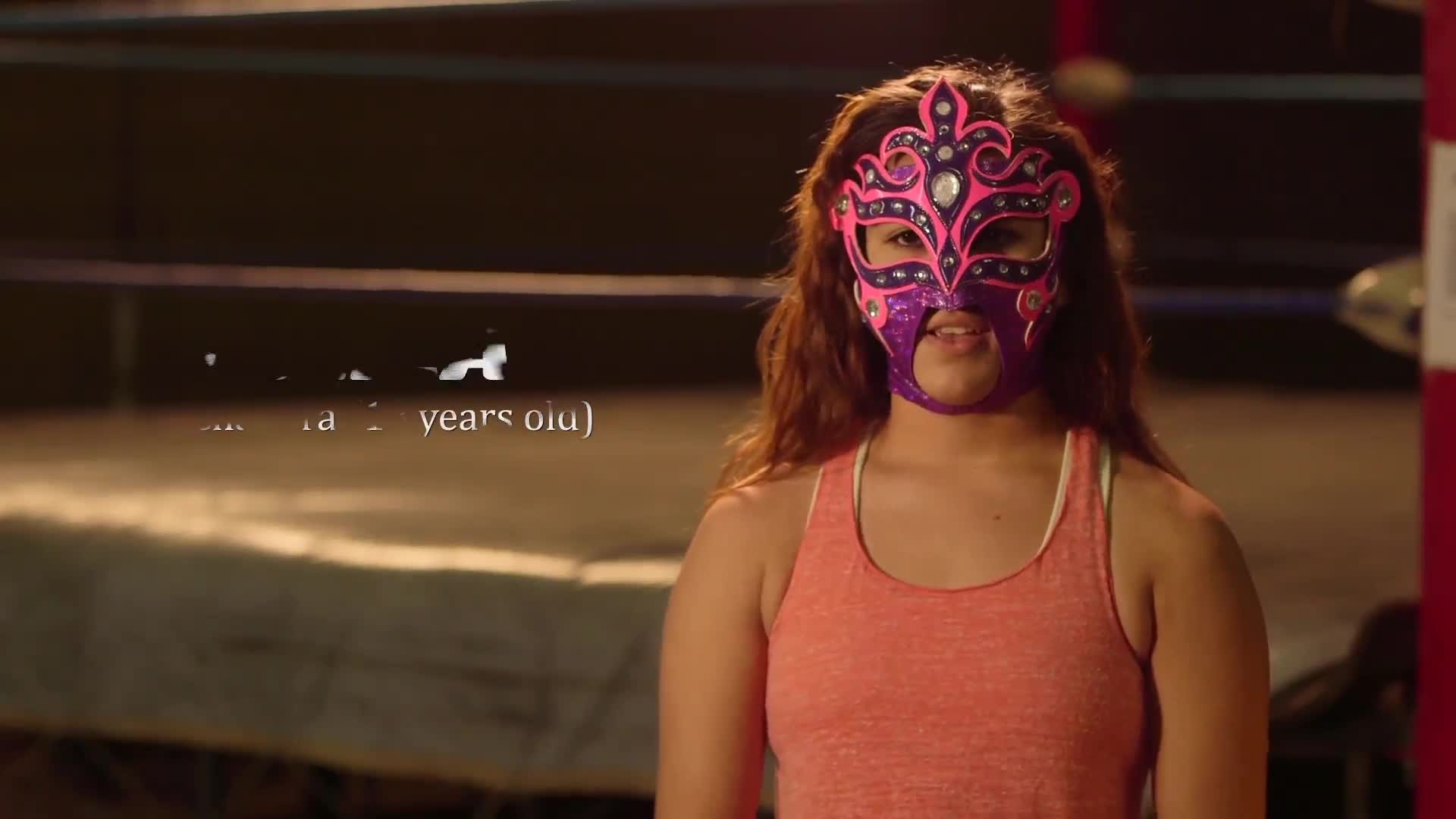
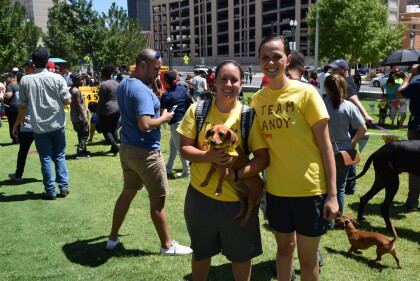

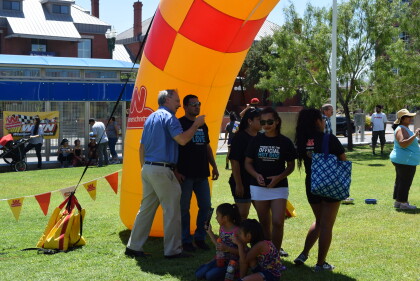
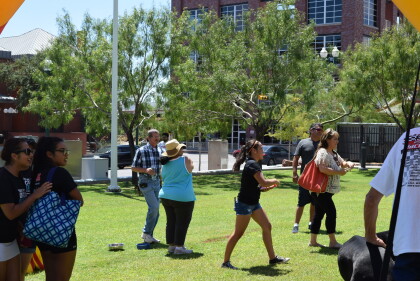
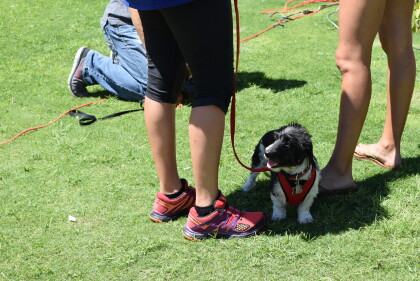
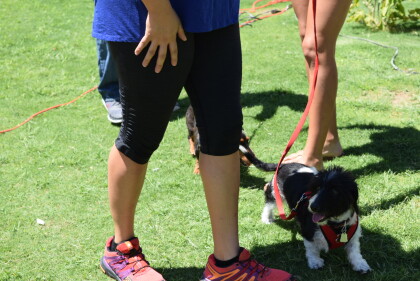
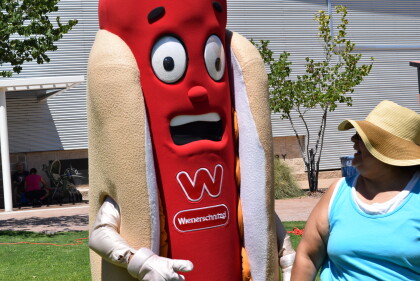
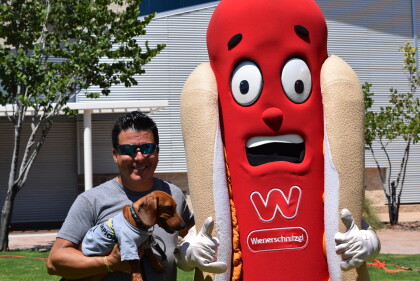
Comments
Add a comment